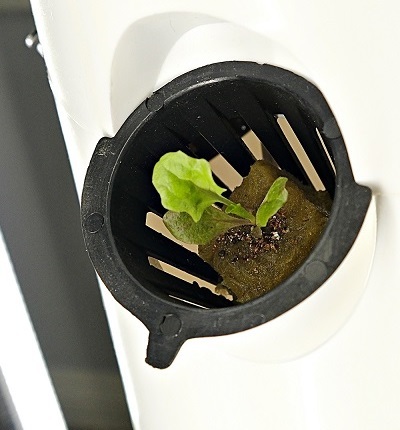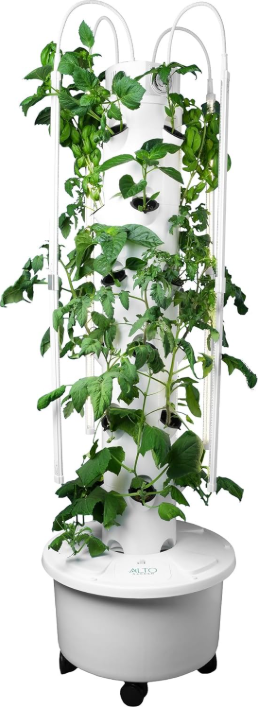The global shift toward sustainable and efficient gardening is giving rise to innovative solutions that combine technology and nature. Among these, hydroponic towers stand tall—both literally and figuratively—as a game-changer in urban agriculture and home gardening. As people search for ways to grow their own food with minimal space, a hydroponic tower garden offers a compact, clean, and productive way to cultivate plants vertically without soil.
What Is a Hydroponic Tower?
A hydroponic tower is a vertical gardening system that uses nutrient-enriched water to grow plants instead of soil. The structure usually consists of stacked growing containers or net pots supported by a central tower. Water mixed with nutrients is pumped from a reservoir at the base, circulated through the tower, and then returned, creating a closed-loop system that optimizes resource use.
This type of system is ideal for herbs, leafy greens, and even small fruits. Because it is vertical, a hydroponic tower maximizes growth potential per square foot—a significant advantage for gardeners working in tight urban spaces, balconies, rooftops, or small backyards.
The Vertical Garden Renaissance
The concept of a vertical garden is not new humans have been stacking planters or using walls to support climbing plants for centuries. However, integrating hydroponics into vertical structures has amplified the productivity and utility of these systems. A vertical garden equipped with hydroponic towers is not just aesthetically pleasing but also highly functional.
Vertical hydroponic gardens conserve water, eliminate the need for weeding, and prevent most soil-borne diseases. These features are especially appealing to busy urban dwellers who want fresh produce but can’t dedicate hours to traditional gardening.
Benefits of Hydroponic Tower Gardens
- Space Efficiency
Perhaps the most obvious benefit is space conservation. A hydroponic tower garden allows you to grow dozens of plants in the footprint of a small table. Whether you live in an apartment or want to supplement your traditional garden, vertical towers enable you to make the most of your space.
- Water Conservation
These systems use up to 90% less water than traditional gardening. Since the nutrient solution is recirculated, very little is wasted through evaporation or runoff.
- Faster Growth
Because nutrients are delivered directly to the roots and are constantly available, plants in hydroponic systems often grow 30–50% faster than in soil.
- Cleaner and Pesticide-Free
No soil means no mess and significantly reduced risk of pests. That translates into cleaner produce and less dependency on chemical pesticides or herbicides.
- Ease of Maintenance
Hydroponic tower gardens can often be automated. Pumps, timers, and LED lights can all be controlled, giving you more freedom with less daily effort.
How It Works: A Look Inside the System
A hydroponic tower garden system typically includes:
- A base reservoir that holds nutrient water
- A vertical column made of stackable plant modules
- A pump that circulates water upward
- Net pots or baskets to hold the plants
- Grow media such as rockwool or coconut coir
Once assembled, seeds are germinated and placed into the media. The pump distributes nutrient-rich water through the column, which flows past the plant roots and drains back into the reservoir.
Growers can adjust lighting, water cycles, and nutrient levels to suit the specific needs of different crops.
Ideal Plants for Hydroponic Towers
While not all plants thrive in hydroponic environments, many do. Some of the most popular options for vertical garden using towers include:
- Lettuce
- Kale
- Spinach
- Basil
- Cilantro
- Mint
- Strawberries
- Cherry tomatoes
Root vegetables and large fruiting plants like squash or pumpkins are typically avoided, as they require more room and structural support than a tower can provide.
Why a Hydroponic Tower Garden is Perfect for Beginners
If you’re new to hydroponics or gardening in general, a hydroponic tower garden is a fantastic way to start. Here’s why:
- Simplicity: The basic mechanics are straightforward—just water, nutrients, and light.
- Guided automation: Many kits come with preset timers and guidelines, making them plug-and-play.
- Quick returns: You’ll see results within a few weeks, which helps sustain motivation and learning.
- Low risk: Minimal pests and weeds make the growing process more forgiving.
Additionally, because everything is above ground and easily observable, it becomes easier to monitor plant health and diagnose problems early.
From Seed to Tower: The Germination Process
Every great garden begins with a seed. In hydroponic towers, starting with strong, healthy seedlings is essential. Seeds can be germinated in a moist growing medium like rockwool or sponge cubes. Once sprouted and a few leaves have formed, they are transferred into the tower system.
Germinating seeds for hydroponic systems requires:
- Consistent moisture: The medium should stay damp but not waterlogged.
- Warmth: Ideal germination temperatures range from 65°F to 80°F.
- Oxygen: Even though soil isn’t used, oxygenation of the root zone is crucial.
- Light: Once the seeds sprout, they must immediately receive adequate lighting to avoid becoming “leggy” or weak.
Understanding seed germination is a foundational skill for successful hydroponic gardening. Once mastered, it becomes easy to plan harvest cycles and maintain year-round production.
Challenges and Considerations
While hydroponic tower systems offer many advantages, they also come with a few considerations:
- Initial Cost: The upfront investment for a quality tower and accessories can be significant.
- Electricity Dependence: Pumps and lights require a power source.
- Nutrient Management: Regular monitoring of pH and nutrient levels is necessary.
- System Maintenance: Algae buildup, clogs, or pump failures must be addressed promptly.
That said, the long-term savings on groceries and satisfaction of growing your own food make these challenges worth overcoming for most users.
Conclusion
Hydroponic towers are reshaping the way we think about gardening, especially in urban or limited-space environments. They offer an elegant, efficient solution for growing fresh, pesticide-free produce in your home, on your patio, or even indoors under grow lights. Whether you’re a seasoned grower or a first-time plant parent, integrating a hydroponic tower garden into your space brings the joy of cultivation within reach.
If you’re ready to start your vertical garden journey and take control of your food source from seed to harvest, look no further than ALTO Garden. With their commitment to educating and equipping home growers with the best tools and knowledge—especially when it comes to seed germination and hydroponic innovation—you’ll have everything you need to thrive from the ground up… even if there’s no ground at all.


